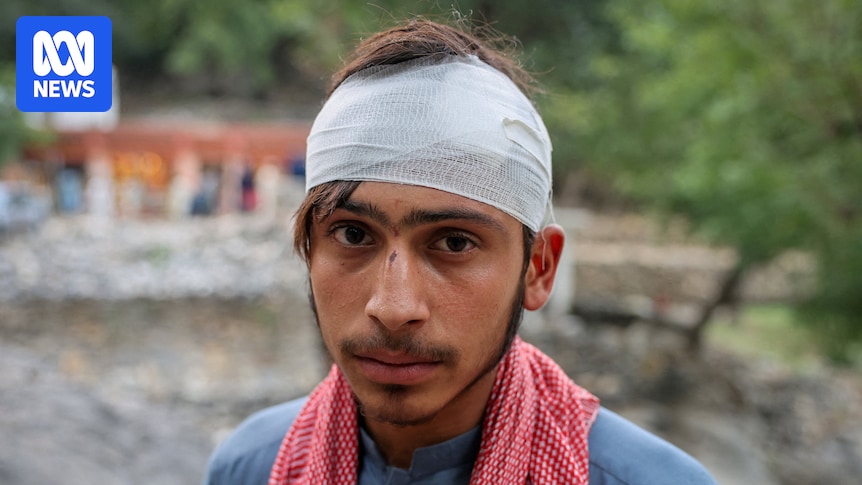
The worst earthquake to strike Afghanistan in years has claimed the lives of more than 1,400 people, according to the Taliban. The natural disaster, which struck on Sunday, has left over 3,000 others injured and has severely hampered rescue operations in remote regions due to challenging conditions.
The magnitude-6.0 earthquake resulted in at least 1,411 deaths and 3,124 injuries, with approximately 5,400 homes destroyed, as reported by Taliban administration spokesman Zabihullah Mujahid. The devastation was compounded by a subsequent magnitude-5.2 earthquake that hit the same area shortly after.
Challenges in Rescue Operations
The United States Geological Survey (USGS) pinpointed the epicenter of Tuesday’s quake, which struck just before 6 PM local time, to be 34 kilometers northeast of Jalalabad. The Afghan Red Crescent Society, active in the region, has reported that many individuals remain trapped beneath the rubble from the initial quake.
The United Nations has cautioned that the death toll is likely to rise, potentially affecting hundreds of thousands.
“We cannot afford to forget the people of Afghanistan who are facing multiple crises, multiple shocks, and the resilience of the communities has been saturated,”
stated Indrika Ratwatte, the UN’s resident coordinator for Afghanistan, urging the international community to act swiftly.
Focus on Eastern Provinces
Rescue efforts are concentrated in the eastern provinces of Kunar and Nangarhar, the areas hardest hit by the earthquake. Ehsanullah Ehsan, the provincial head of disaster management, emphasized the urgency of reaching remote villages and distributing aid to affected families.
“We cannot accurately predict how many bodies might still be trapped under the rubble,”
he noted.
The region’s infrastructure, primarily composed of mud-and-brick homes, was ill-equipped to withstand the earthquake’s shallow depth of 8 kilometers. Mountainous terrain and adverse weather conditions have further impeded rescue operations, with narrow mountain roads posing significant challenges for vehicle access.
Humanitarian Aid and International Response
On Tuesday, ambulances navigated damaged mountain roads to reach Kunar villages, while helicopters delivered aid supplies and evacuated the injured to hospitals. Some victims have been transferred to medical facilities in Kabul and the neighboring province of Nangarhar.
The UN has highlighted the vulnerability of thousands of children in the aftermath, with UNICEF deploying essential supplies such as medicine, clothing, tents, and hygiene items. Local authorities report that many residents are living in the open, their homes destroyed by the quake.
Heavy rains and landslides have complicated rescue efforts, further straining the resources of the war-torn nation of 42 million people. Despite limited global assistance following the tragedy, Britain has pledged £1 million ($2.56 million) to support aid efforts by the UN and the International Red Cross. Other countries, including China, the UAE, the EU, Pakistan, and Iran, have promised aid, though it has yet to arrive.
Impact of International Aid Cuts
India has responded by delivering 1,000 tents and is sending 15 tonnes of food to Kunar, with additional relief expected. However, Afghanistan has been severely impacted by funding cuts from the United States, particularly from USAID, alongside reductions in other foreign aid programs.
Global crises and donor frustration over the Taliban’s policies, especially regarding women’s rights and restrictions on aid workers, have influenced these funding decisions, according to diplomats and aid officials.
Looking Ahead
As rescue operations continue, the focus remains on reaching isolated communities and providing immediate relief to those affected. The international community faces a critical decision in supporting Afghanistan through this crisis, balancing humanitarian needs with political considerations.
The unfolding situation in Afghanistan serves as a stark reminder of the country’s vulnerability to natural disasters and the urgent need for sustained international support in rebuilding and recovery efforts.







